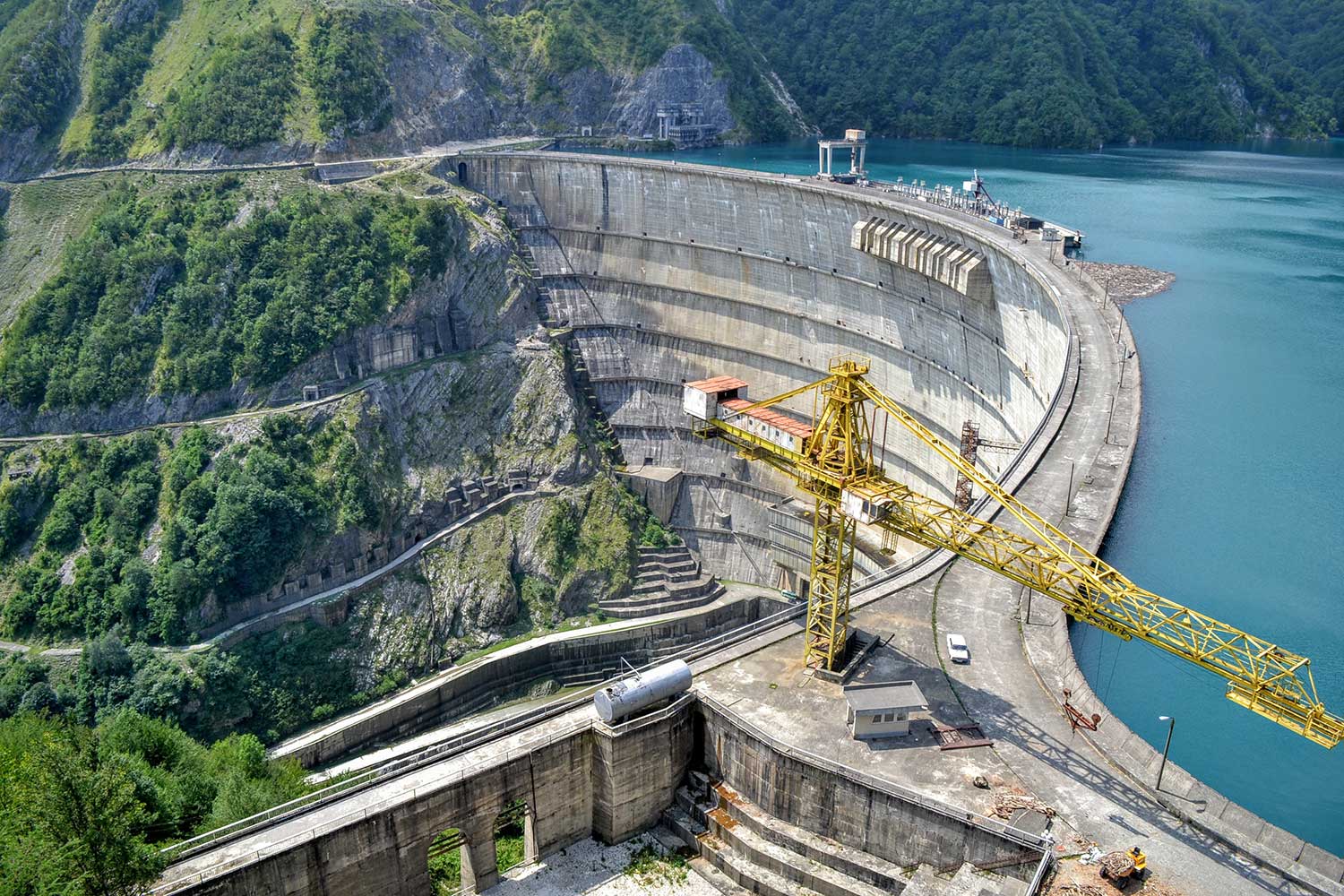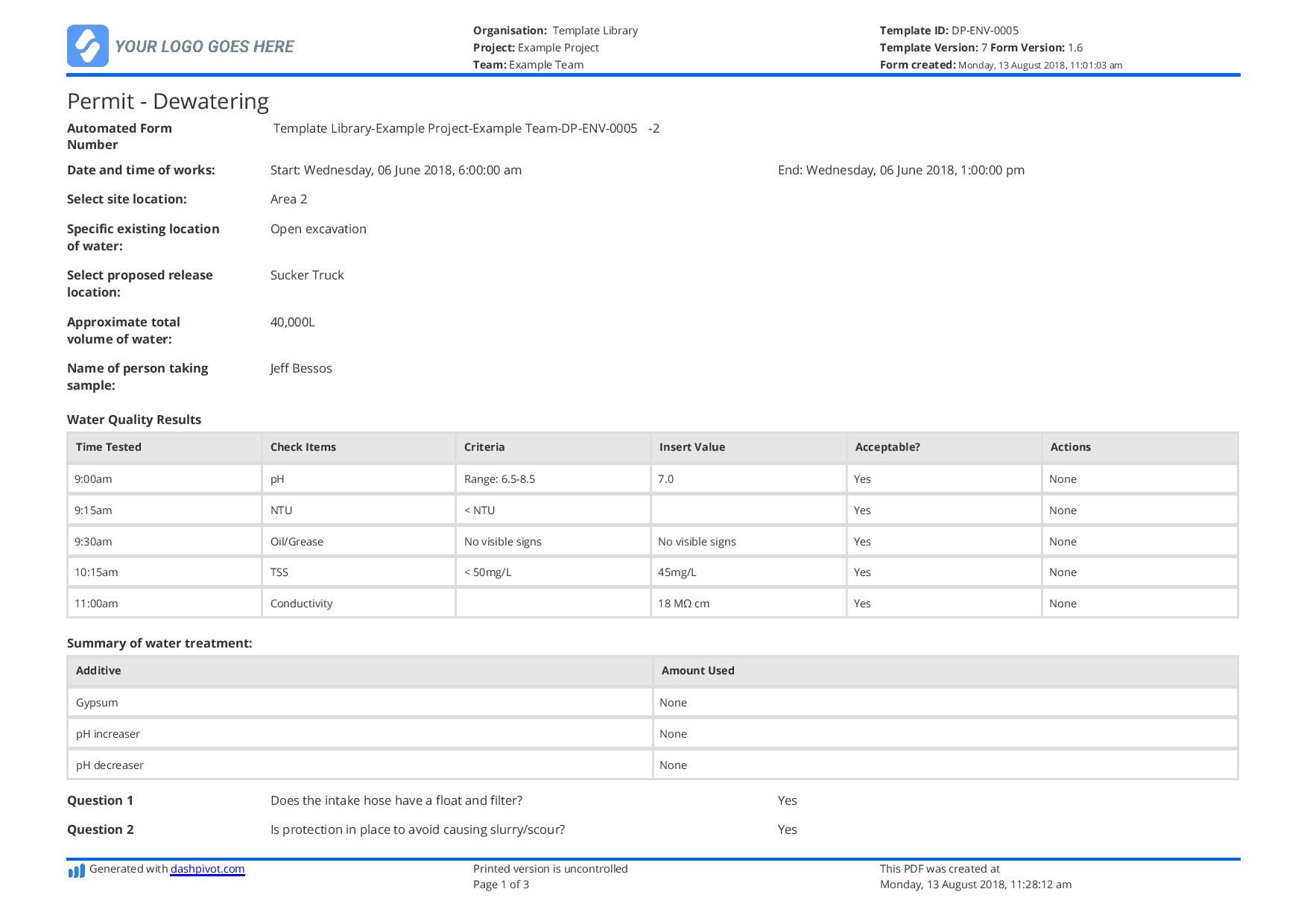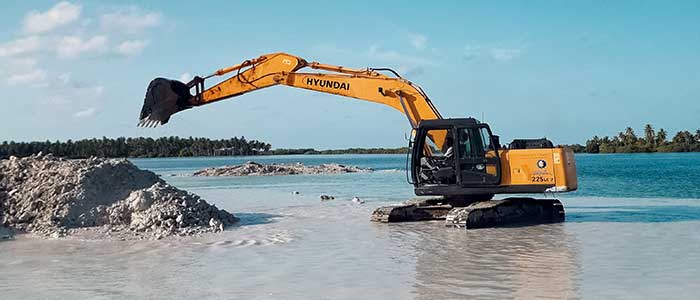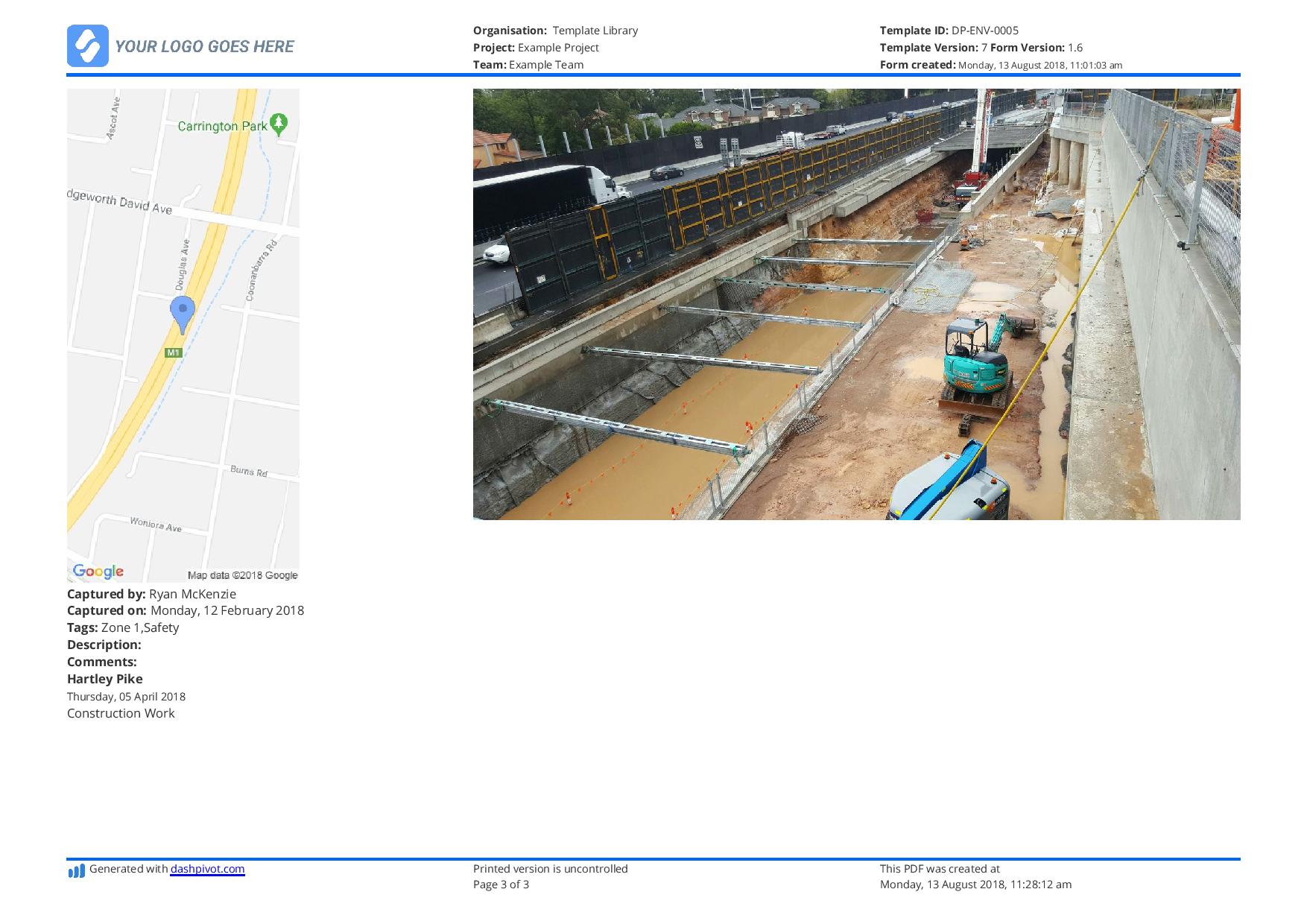Enviro – Dewatering plan for construction
Dewatering plan for construction: What you need to include
In this article, we discuss a dewatering plan for construction, including the key elements to include, regulatory considerations, and best practices to ensure effective water management on-site.

What is dewatering?
Construction dewatering is the term used to describe the removal or draining of groundwater or surface water form a construction site by pumping or evaporation.
Dewatering as a process is the removing of water from solid material or soil by:
- Water pumps
- Centrifugation
- Filtration
- Filter press
- Or similar solid-liquid separation processes
Dewatering is usually conducted before subsurface excavation for foundations or shoring to lower the water table.
Why does dewatering matter?
Construction dewatering matters for a number of stakeholders - as well as the surrounding environment.
First, dewatering ensures site and site areas are safe for people to work. Working in and around water can obstruct normal water practices, impact machinery, and create hazardous conditions depending on the soil type and surface being worked on.
Secondly, dewatering is critical to preserving and protecting the environment. When care and conscious thought are not employed before and during the dewatering process, polluted and contaminated water can seep (or rush) into watercourses or marine waters. This can cause havoc on marine life and other flora and fauna, and can also impact the surrounding communities.
Poor dewatering practices have in the past impacted potable water to surrounding communities and caused some serious and irreversible damage. And countless projects have been delayed and foregone because of the impacts that construction project has had on the underlying water structure and environment.
Dewatering matters to local and nation governments; it matters to the fate of construction projects and companies; and it matters to people who live in environments effected by water - all of us.
Creating a reliable dewatering plan
Planning for and preparing your projects and teams for site dewatering is critical to protecting the integrity of the site and soil. Dewatering must be done properly to avoid eroding soil and impacting surrounding bodies of water. A good dewatering plan and process will focus on a number of activity elements. A dewatering Job Hazard Analysis can help mitigate risks and avoid incidents from potential hazards.
And for each construction site, the main purpose and elements of your plan should be focused on:
- Identifying areas of the site that will require dewatering
- Plan and choose the best location for discharge
- Consider the different dewatering methods to minimise environmental impacts
- Prepare the right equipment and dewatering technique necessary - which will be based on the site being worked on, as well as the volume of water which needs to be pumped
- Assess potential opportunities for re-use
- Select discharge locations
- Understand and survey the water table conditions in the area
- Plan and choose the best location for discharge
- Understand and survey the water table conditions in the area
- Do not pump water directly on to slopes
- Determine and document water quality criteria for discharge and re-use
- Ensure you have the necessary permits, and have met the dewatering requirements set out by local, state and federal agencies
- Assess which treatment options or requirements are necessary
- Never discharge water which has been contaminated with oil, grease and chemical products directly.
- Ensure you have the necessary permits, and have met the dewatering requirements set out by local, state and federal agencies
What should your dewatering plan look like?
Dewatering plans should include a number of form fields, which must be completed to ensure the activity can go ahead - and that the records will ensure compliance and get through an audit.
The example dewatering permit below showcases what your dewatering permit should like like and includes critical elements such as:
- The existing location of water
- The proposed release location
- Approximate total volume of water
- Name of person taking sample
- Water quality results including
- pH
- NTU
- Oil/grease
- TSS
- Conductivity
- Summary of water treatment table
- Photos of work area
- Digital signoff
You can use the dewatering permit below by navigating underneath the example below and getting started.

Start using this dewatering permit template for free now.
Using and approving dewatering permits on construction sites
Dewatering permits are used to ensure that dewatering activities conduced on site adhere to legislative guidelines enacted by governments and other environmental governing bodies.
The role of the dewatering permit is multi-dimensional.
Firstly, it ensures that companies and project sites are abiding by the law. Dewatering permits and supporting evidence in the form of photos and videos are often the first place for compliance testing and auditing. These permits and documents prove good practice to the authorities.
The dewatering permit also serves as an integral internal tool which companies can use to create a more systematic approach to dewatering - as part of the broader dewatering plan. Completing a dewatering permit before the activity is conducted ensures that all the right checks and measure have been taken to protect the integrity of site, as well as the reputation of the company.
The permitting process (permits get approved by multiple parties) also adds some additional checks and balances to the activities being planned and conducted. Having a project manager or supervisor sense check and cast eyes over what is being done and planned reduces the change that a mistake will be made.

Environmental Clearing Permit template
Complete and approve clearing permits quickly and in line with all clearing regulations.

Environmental Dewatering Permit template
Manage the completion and approval of dewatering permits safely and legally.

Progress Claim template
Use this erosion and sediment control plan as a comprehensive framework for your own important environmental control plan.


I like how you mentioned to plan and choose the best location for dewatering discharge. I’d imagine that in a dewatering project, you want to pump the water to somewhere safe. It must be pretty important to keep your construction site dry.